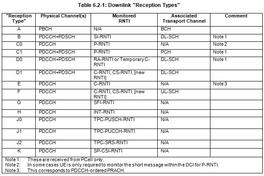5G Radio Link Failure: Causes and Phases Explained
Advertisement
This page explains the causes and phases of 5G Radio Link Failure (RLF) for 5G UEs (User Equipments).
Following are the possible causes of radio link failure in a wireless system:
- Failure at lower layers: This happens at the RF or physical layer due to issues like high-frequency offset, time offset, or poor Carrier-to-Interference (C/I) conditions on the channels used for communication between the UE and the NB (NodeB, i.e., base station). Poor C/I is often due to power-related problems.
- Radio link failure during handover or cell re-selection: This occurs during the procedures where the UE switches its connection from one cell to another.

Figure 1: 5G Radio Link Failure
As shown in Figure 1, there are two main phases associated with radio link failure in 5G.
-
Phase 1: The UE enters this phase as soon as a radio issue is detected. This triggers radio link failure detection without UE-based mobility. The UE tries to recover during a time period defined by timer T1.
-
Phase 2: The UE enters this phase after a handover failure or upon detection of a radio link failure that wasn’t resolved in Phase 1. The UE transitions to the RRC_IDLE state, and UE-based mobility (i.e., cell selection) begins.
In this phase, the UE can try to avoid going through RRC_IDLE by remaining in the RRC_CONNECTED state. To do this, it attempts to access a 5G cell using the random access procedure.
Also, refer to the Radio Link Failure test case (link not provided here) which explains radio link failure in GSM at the UE/network side at Layer 1 and Layer 2.
Reference: TS V5G.300
 RF
RF



